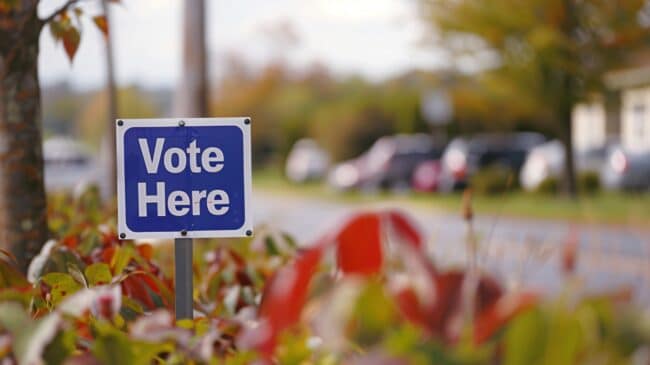Summary
Currently, school board elections in Florida are nonpartisan. Florida Amendment 1 would make them partisan beginning in November 2026. It allows for partisan primary elections in advance of the 2026 general election.
Proponents’ Arguments
Proponents argue that partisan elections would promote greater transparency, giving voters access to information to help them assess school board candidates. They claim that school board elections are already partisan in nature and that candidates should not be permitted to hide their political affiliations. State Representative Spencer Roach (R-76) said:
“I simply think as policymakers, we have an obligation to provide voters with as much information as possible about candidates to include party affiliation, and let the voters make their decisions based on that information. So I don’t think you should ever be allowed to use the power of the law to hide your ideology or to hide your affiliations, whether it’s with a political party or otherwise. I think it’s really a legal fiction that these races are nonpartisan, the candidates are nonpartisan actors. And I think there are real differences in the party platform. So I think that every race, including judicial races, should be partisan.”
Opponents’ Arguments
Opponents argue that partisan elections would make school board elections more contentious, increasing political divisions in K-12 public education. They argue that the focus should be on what’s best for students rather than partisan politics. Opponents also say that independent voters could have less say over partisan elections because Florida is a closed primary state. Tina Certain, Alachua County School Board Chair said:
“It’s important to me that the race stays nonpartisan because everyone is impacted by school decisions. It doesn’t matter what your political affiliation is, and I think everyone should get to vote and have a voice on a candidate, not just based on your political registration during the time of the election.”
Discussion
Until 1998 Florida had partisan school board elections. But that year, the voters approved Florida Amendment 11, making school board elections nonpartisan. If passed, Florida would return to partisan school board elections and join Alabama, Connecticut, Louisiana, and Pennsylvania as the fifth state doing so. Five additional states—Georgia, North Carolina, Rhode Island, South Carolina, and Tennessee—allow school districts to hold partisan or non-partisan elections. Amendment 1 would put Florida in the minority of states on the issue, but partisan school board elections are already required or optional across 1,432 school districts in the U.S.
Research indicates that voter engagement in local school board elections is low, with the National School Boards Association estimating that turnout ranges from just 5% to 10%. In comparison, the U.S. Census Bureau reports that turnout for the 2022 midterms was over 52%. One reason is that school board elections are often held off-cycle, meaning they don’t coincide with federal election dates and often coincide with when many residents are away from the state for the summer. But another reason is that they’re low-information races—voters tend to know little about the candidates on the ballot. Partisan elections could help improve voter engagement by signaling candidates’ priorities on budgeting, student discipline, curricula, school choice, and other matters.
School boards have indeed become more contentious in recent years, with recall efforts on the rise and conflicts over things like masking policies, gender identity, and school closures. For instance, between 2021 and 2023, school board candidates took a stance on race in education/critical race theory in 87% of school board races, including in at least 37 elections in Florida. Divisions have risen across states with non-partisan elections and don’t appear to be any worse in states with partisan elections.

